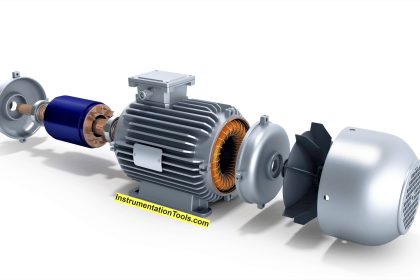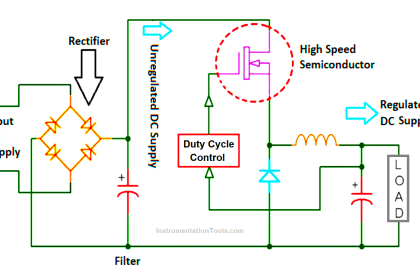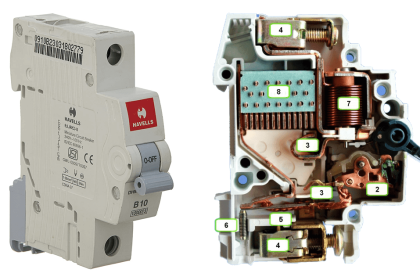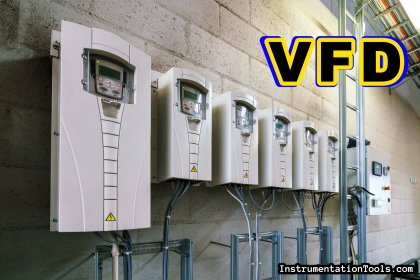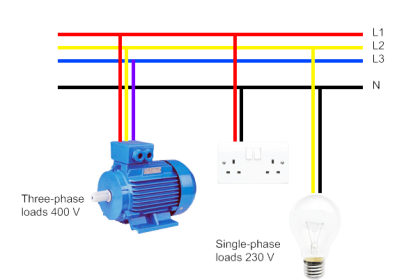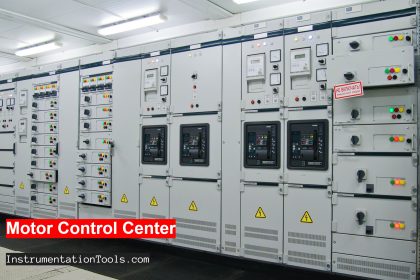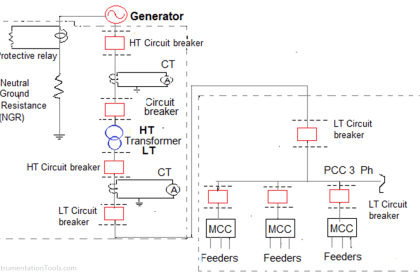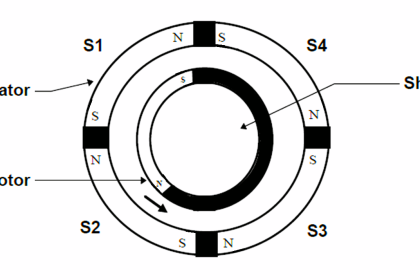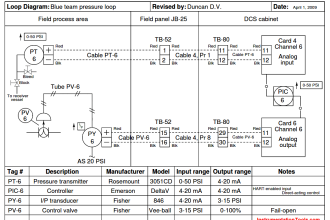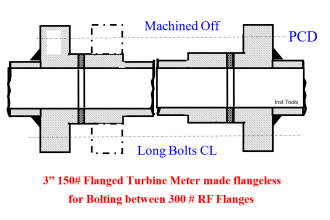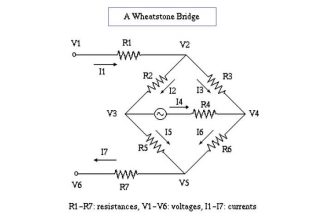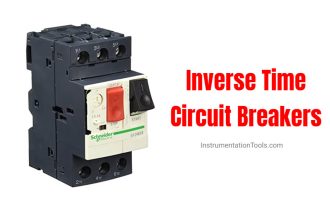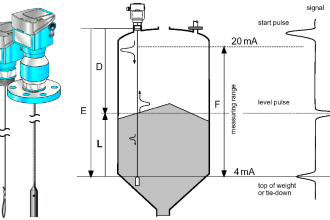In this post, we will see the concept of one nation one grid one frequency.
Electricity generation, transmission, and distribution are very complicated things. Electrical energy needs to have proper knowledge in this subject for executing it. When we are talking about this, one thing that comes common in our mind is an electrical grid.
An electrical grid is a network of power used to control the transfer of electricity to various areas. Coming to our topic, India is the largest electrical grid network in the world. This was made even stronger by the concept of one nation one grid frequency.
India is just an example we are seeing in this post. Many countries in the world are using this technology.
In this post, we will see the concept of one nation one grid one frequency.
What is an Electrical Grid?
Grid is an interconnection of various power lines; from generation to transmission and to distribution. See the below figure. This whole system comprises one grid.
The electrical grid is an intricate system designed to provide electricity all the way from its generation to the customers that use it for their daily needs.
These systems have grown from small local designs to stretching thousands of kilometers and connecting millions of homes and businesses today.
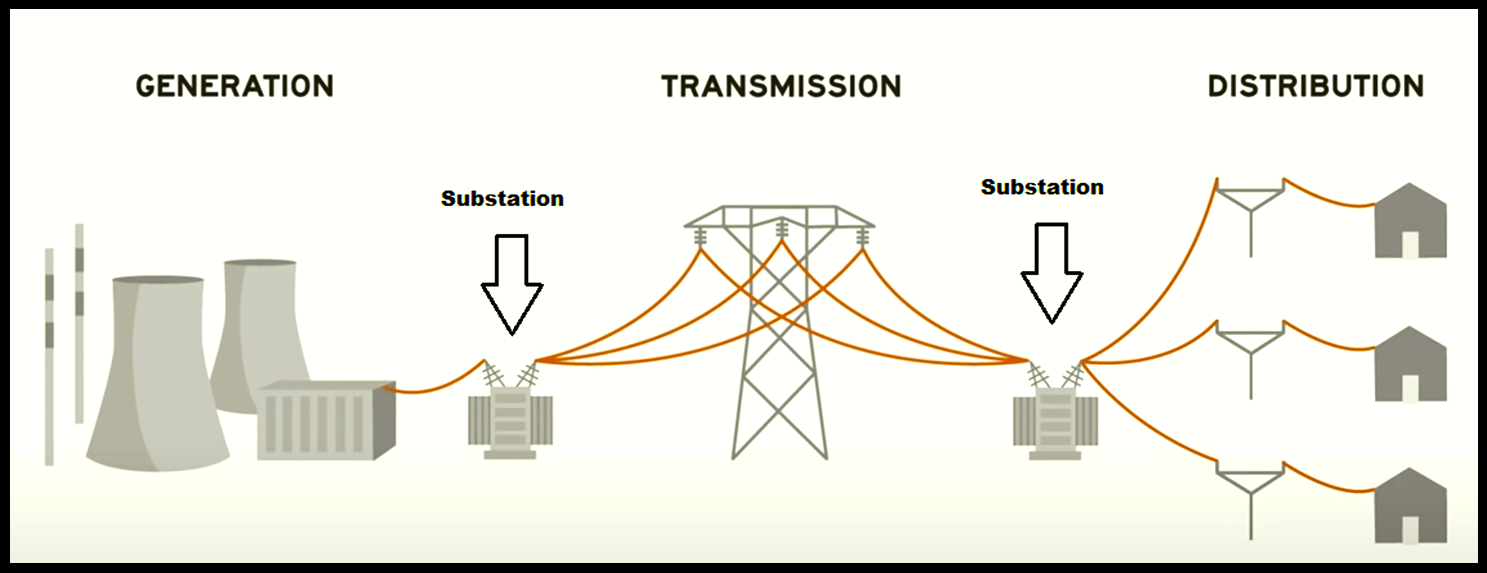
What is one nation one grid one frequency?
Let us understand this concept by a simple example. There are 3 persons. One person has 12 dollars (4 dollars extra with him), the second person has 4 dollars and the third person has 3 dollars.
Now, if you see, the first person has the highest amount with him. If the second person requires 2 dollars, then he can take it from the first person, which now leaves 10 dollars with him.
Now, if the third person requires 2 dollars too, then he can take it from the first person, which now leaves 8 dollars with him. This shows that one resource is having extra matter and the other resources have either less or cut-to-cut matter.
This is the basic requirement that gave rise to the need for one nation, one grid, and one frequency. The requirement as we understood is that of sharing and controlling.
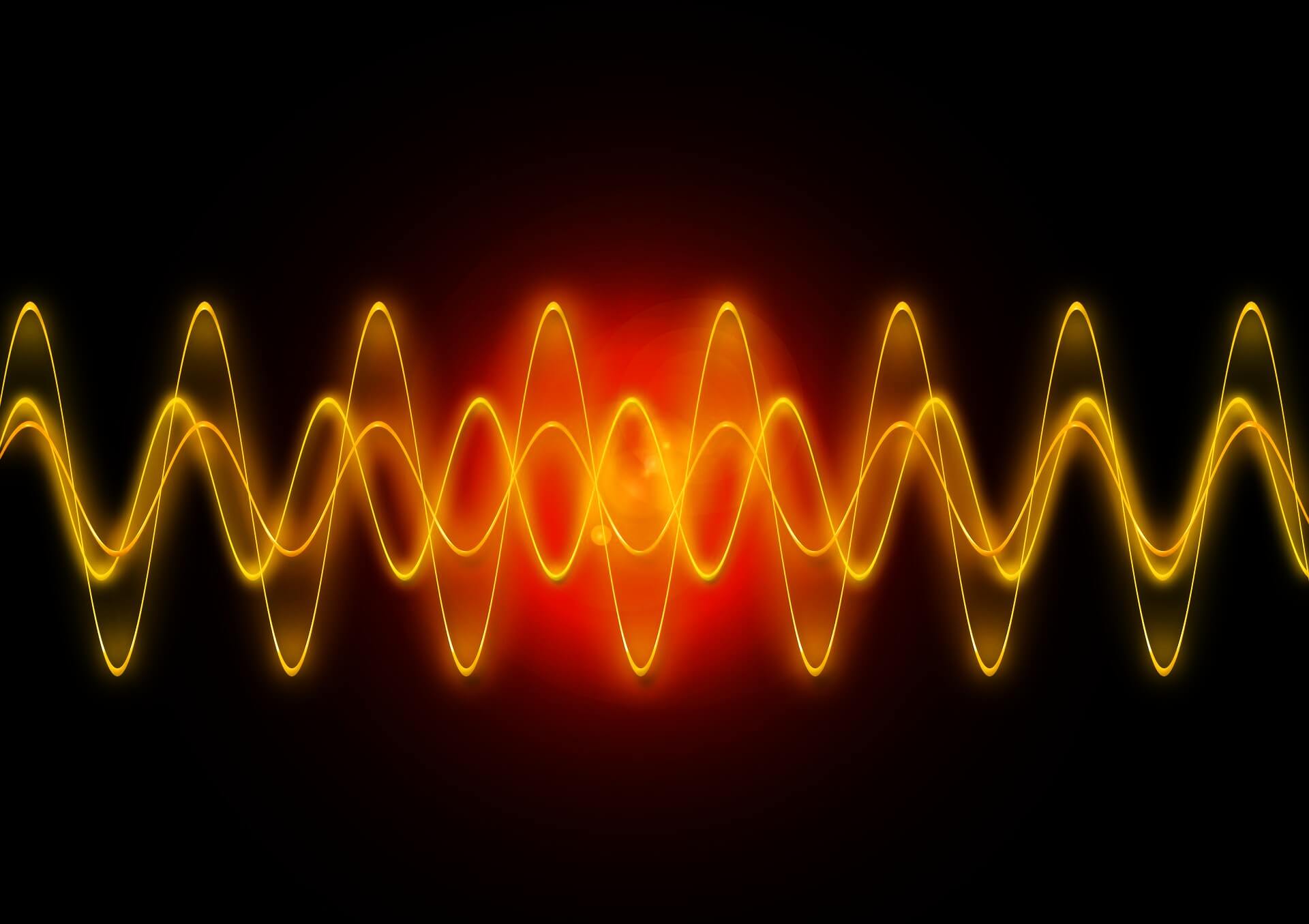
Indian Electricity Network Example
Let us now take the example of the Indian grid. It is divided regional-wise into five categories – northern, eastern, western, southern, and north-eastern.
In the earlier scenario, some grids used to produce additional power according to demand, and some grids used to produce less power according to demand. The regions were not interconnected earlier.
So, if there came a power deficiency in any of the regions, then it used to suffer a lot. The surplus power present in another grid was idle and not used. The integration of regional grids, and thereby establishment of the National Grid, was conceptualized.
The integration of regional grids which began with asynchronous HVDC back-to-back inter-regional links facilitating the limited exchange of regulated power subsequently graduated to high-capacity synchronous links between the regions.
The initial inter-regional links were planned for the exchange of operational surpluses amongst the regions. This gave rise to one nation, one grid, and one frequency.
Basically, the entire country of India is today united by a single grid. If a power shortage happens in any of the grids, then even a grid at a distance of 1000 kilometers can immediately provide its surplus power to that region.
Presently, the country has a total inter-regional transmission capacity of about 1,12,250 MW which is expected to be enhanced to about 1,18,740 MW by 2022.
Synchronization of all regional grids will help in optimal utilization of scarce natural resources by transfer of Power from Resource centric regions to Load centric regions.
Further, this shall pave way for the establishment of a vibrant Electricity market facilitating the trading of power across regions. One Nation One Grid shall synchronously connect all the regional grids and there will be one national frequency.
Special care is taken that the frequency always remains within the 49.90 to 50.05 hertz band. This uniform frequency only will ensure proper supply to any grid. If there is no uniformity in the frequency, then that surplus power is of no use. Equipment cannot function at different frequencies as it can damage it.
In this way, we saw the concept of one nation, one grid, and one frequency. India was just taken as an example. The theory is the same for all countries.
